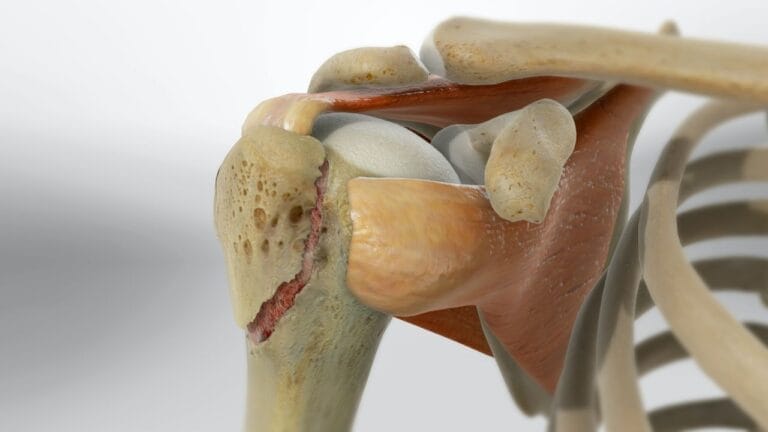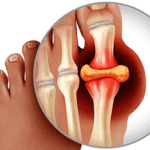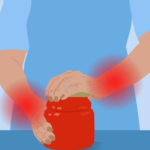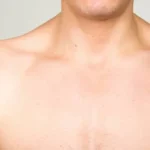Overview:
Greater tuberosity fractures are breaks in the upper part of the humerus (arm bone) and often occur due to trauma or repetitive stress, especially in active individuals or athletes.
What is the Greater Tuberosity?
The greater tuberosity is a bony prominence on the humerus where important shoulder muscles attach.
Causes of Greater Tuberosity Fractures:
- Trauma: Falls onto the shoulder, direct impacts, or shoulder dislocations.
- Repetitive Stress: Overuse injuries from activities like throwing or lifting.
Symptoms:
- Pain: Localized pain at the shoulder.
- Limited Movement: Difficulty raising the arm.
- Weakness: Reduced shoulder strength.
Diagnosing Greater Tuberosity Fractures:
- Physical Examination: Checking for tenderness and range of motion.
- Imaging:
- X-rays: Initial imaging to see the fracture.
- CT Scans: Detailed images to assess the fracture.
- MRI: Useful for detecting associated soft tissue injuries.
Types of Fractures:
- Neer Classification: Based on the number and displacement of fracture parts.
- AO Classification: Provides detailed assessment of fracture patterns.
Treatment Options:
- Non-Surgical Management:
- Suitable for minimally displaced fractures (85-95% of cases).
- Sling Immobilization: To support the arm and allow healing.
- Rehabilitation: Structured exercises to restore movement and strength.
- Surgical Management:
- Needed for fractures with significant displacement (more than 5mm).
- ORIF (Open Reduction and Internal Fixation): Surgical technique to align and fix the bones with plates and screws.
- Arthroscopic Techniques: Less invasive methods using small incisions and a camera.
Post-Operative Rehabilitation:
- Initial Immobilization: Using a sling to support the shoulder.
- Gradual Exercises: Starting with passive movements, then progressing to active and strengthening exercises.
- Return to Activities: Typically achieved within 4 to 6 months.
Possible Complications:
- Shoulder Stiffness: Often resolves with continued therapy.
- Malunion: Incorrect healing of bones, sometimes requiring corrective surgery.
- Non-Union: Failure of the bone to heal, managed with further surgery.
Lessons Learned:
- Accurate diagnosis and imaging are crucial for effective management.
- Conservative treatment works well for minimally displaced fractures.
- Surgical intervention is needed for more complex fractures.
- Understanding the injury helps in choosing the right treatment.
- Post-operative rehabilitation and follow-up are vital for recovery and preventing complications.





